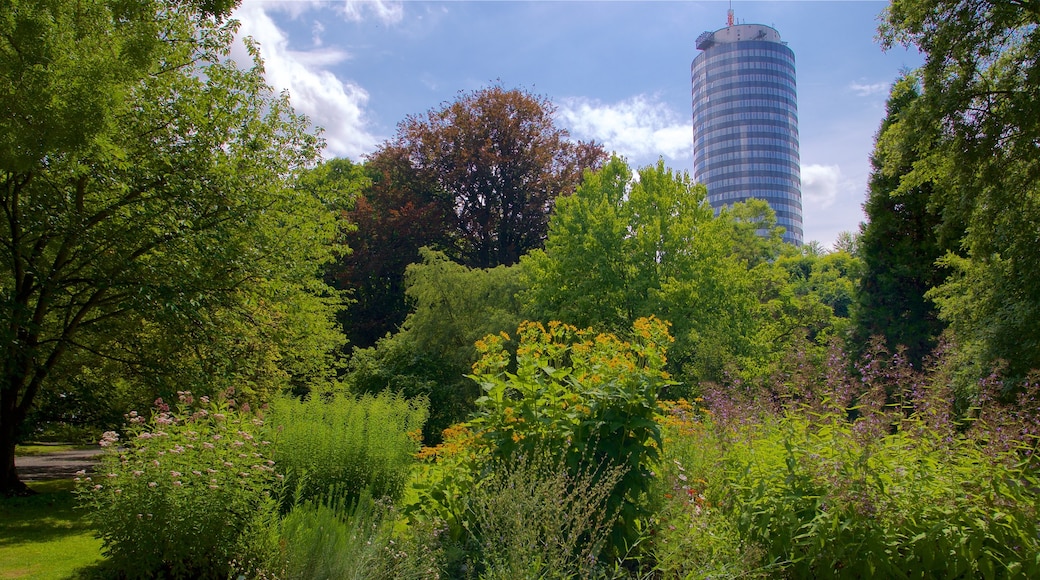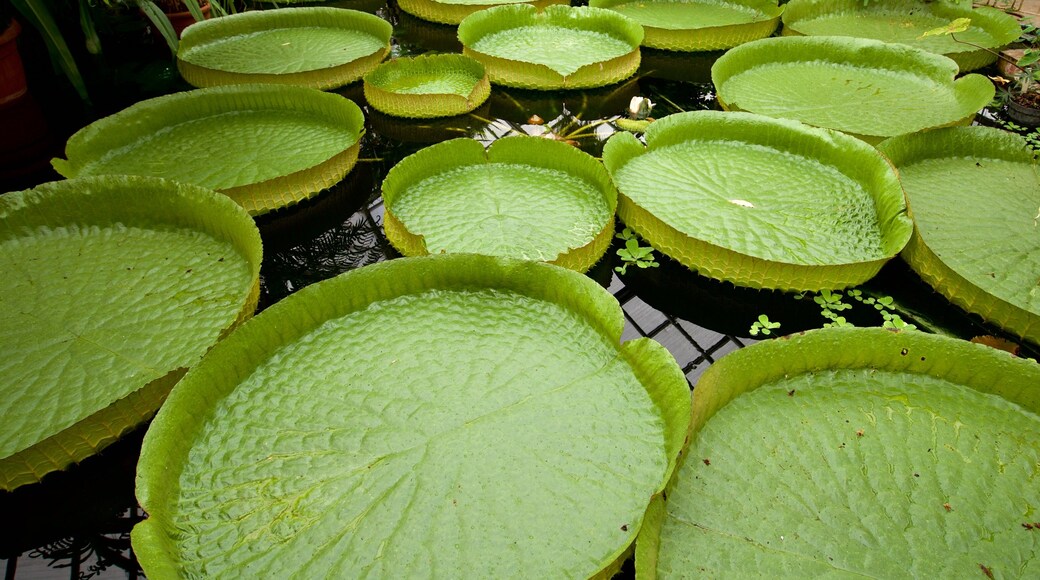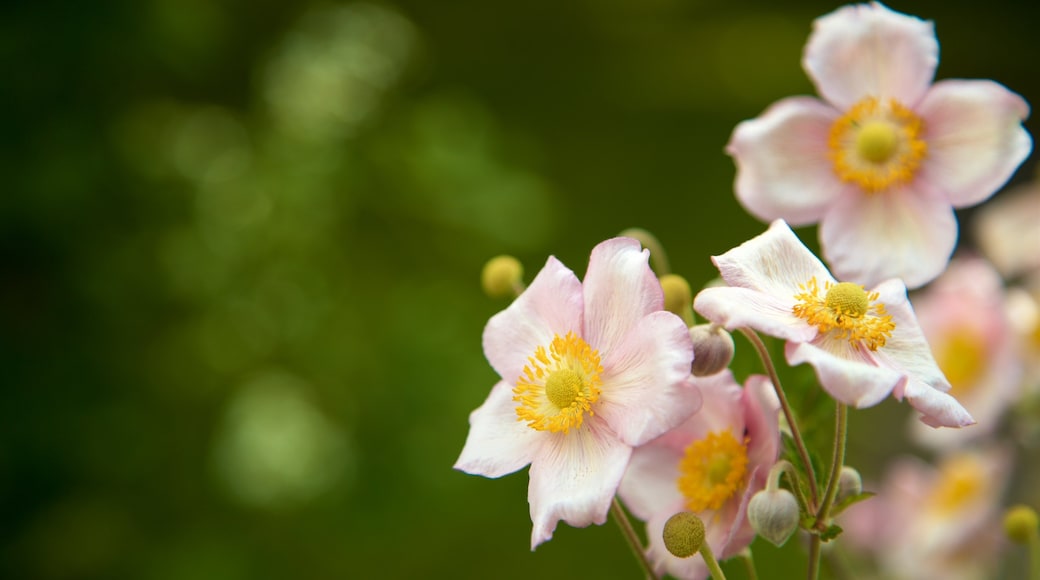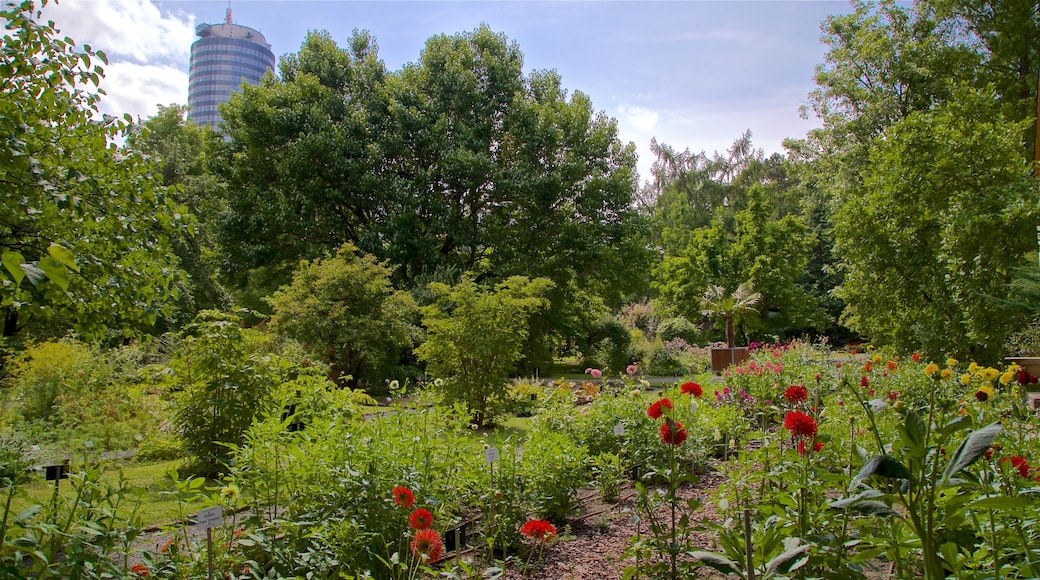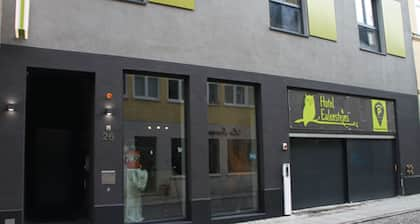Though first founded in 1586, Jena’s Botanischer Garten is better known for the involvement of a later patron. Goethe, the poet who created German Romanticism, was directly involved in the creation of a more extensive botanic garden in the late 18th century. He planted its gingko tree, now the oldest in Thuringia, and spent much of his time here looking for inspiration and writing. Sit in the shade of his beloved gingko and let his words ring in your ears: “This leaf from a tree in the East has been given to my garden. It reveals a certain secret, which pleases me and thoughtful people.”
Wander through the 11 acres (4.5 hectares) and discover some of the 10,000 plant species that have been put in place and lovingly tended by the horticulturists of nearby Friedrich Schiller University. Practice your German with the well-labeled information cards. Find serenity in the grounds, which are designed to feel like a real wildlife adventure far from the hubbub outside the walls.
In winter or summer, don’t miss the five greenhouses, each demonstrating a different climate zone. Banish the humidity of Eastern Germany in the dry cactus and succulent house. Appreciate the variety of transitional plants in the cold house. Transport yourself to prehistory in the evolution house, home to ancient species of tree ferns. See the palm and tropical house, with plants that are definitely not native to Germany. The magnificent Viktoriahaus features the Victoria amazonica, the world’s largest water lily. Look down to see piranhas swimming in the water under its giant leaves.
Reach the Jena Botanischer Garten in less than 10 minutes on foot from the Universität tram stop. Metered parking is available a few streets away at Eichplatz. The gardens are open daily year-round from mid-morning to evening, with slightly longer hours in the summer months. Pay the admission fee and book a German-language tour in advance for an additional fee.
